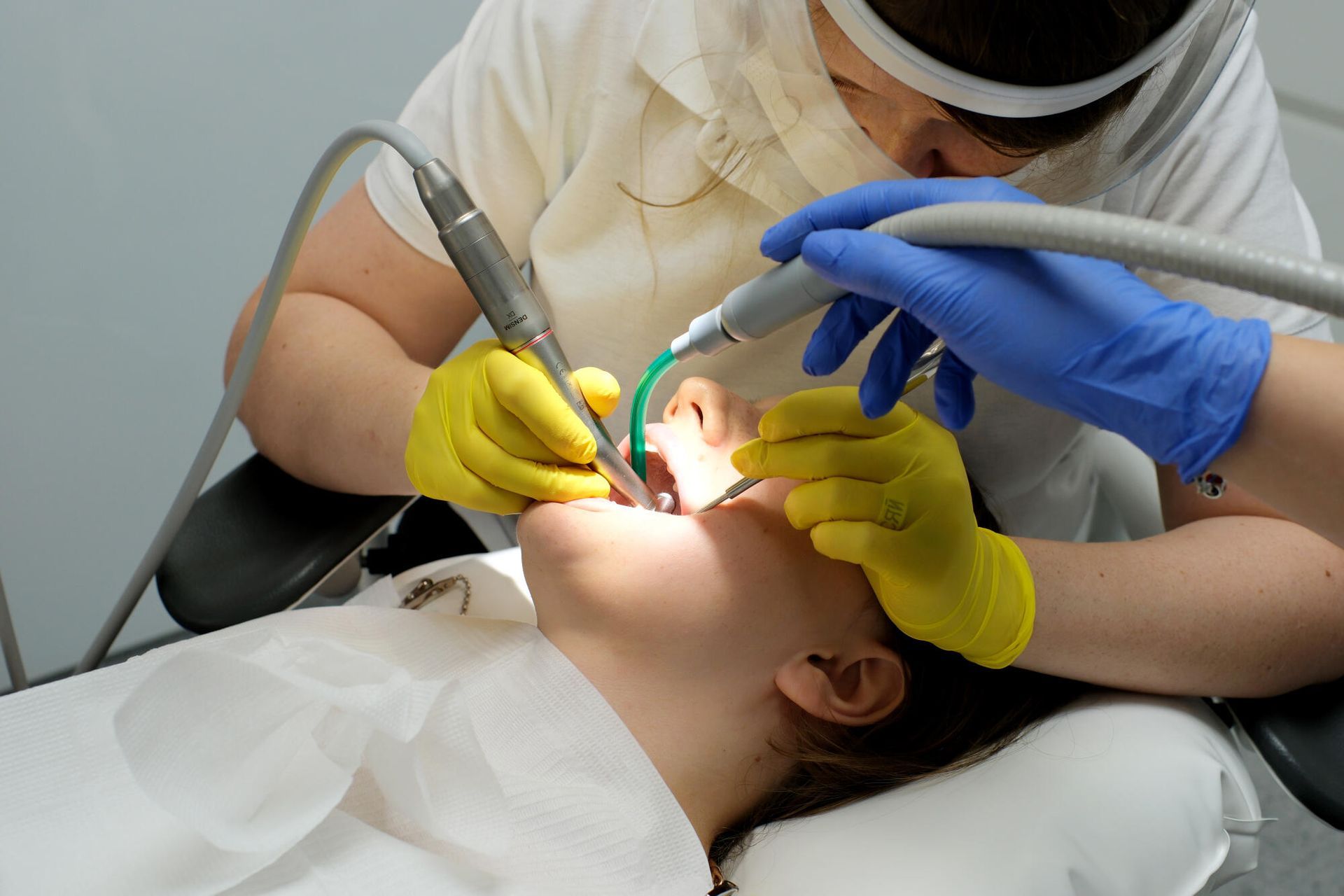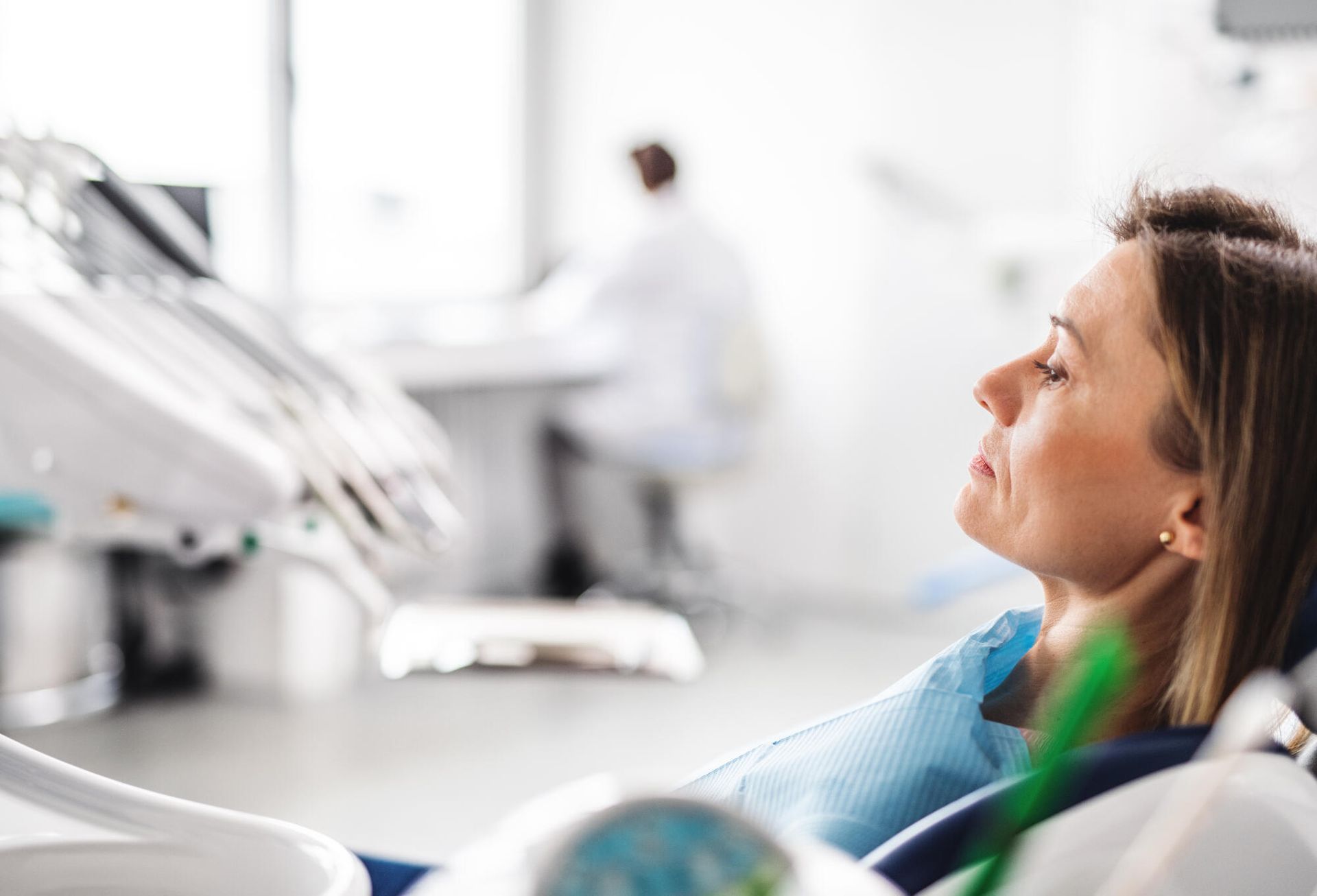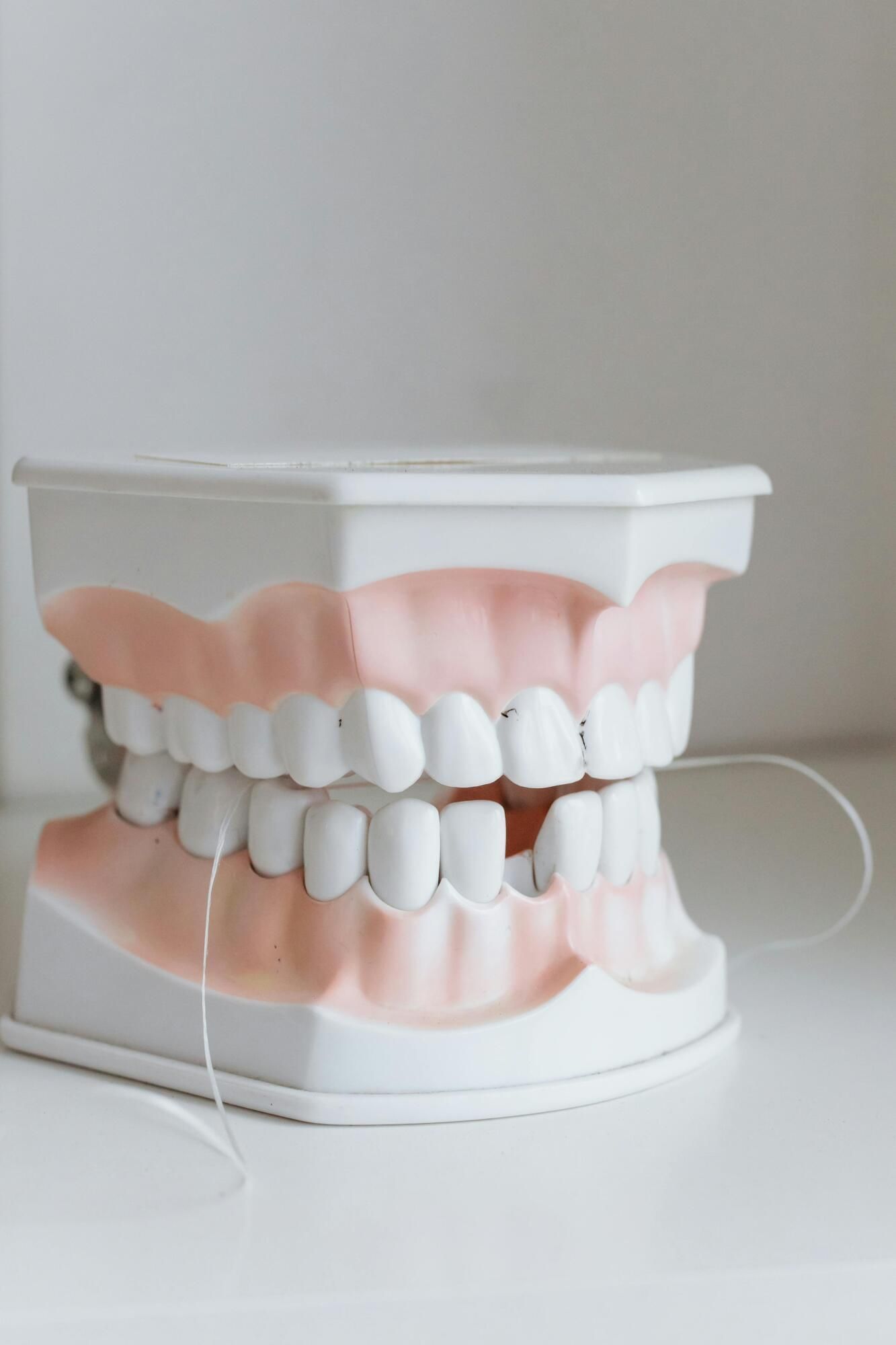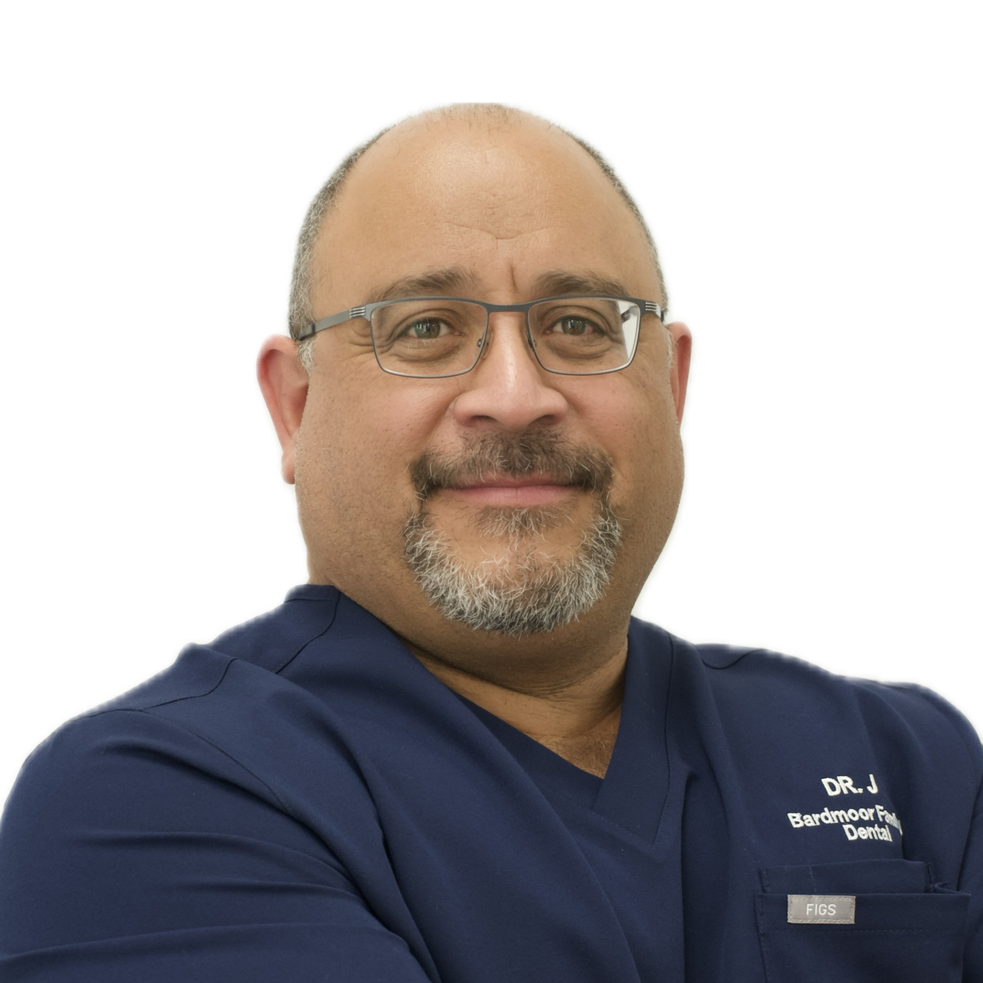What Happens During a Dental Cleaning?
Most adults currently have at least one cavity, while some have several cavities and other oral problems. But, is there a way to prevent these from forming?
Getting a routine dental cleaning might help. Yet, people skip this necessary procedure for various reasons, including dental fears and costs.
Instead of skipping your next cleaning, you might want to fight your fears and visit a dentist in Largo, FL. You might feel less nervous about going if you learn what to expect.
Keep reading this guide to learn about the steps a dentist takes during a routine dental cleaning when you visit a dentist.
What Is a Dental Cleaning?
A dental cleaning is a procedure a dentist in Largo FL performs for preventative purposes. Preventative dentistry is a branch of dentistry used to help people avoid issues with their oral health.
Dental cleanings include multiple steps to clean a person's teeth and serve a vital role in a person's oral health routine.
Family dental clinics offer preventative services, but many also provide additional services. For example, a family dentist might also offer cosmetic services, improving the looks of a person's teeth and smile.
How Often Should You Get Your Teeth Cleaned?
So, how often do you need a dentist's teeth cleaning? You can ask a dentist to learn how often you need this service, but they'll likely tell you twice a year.
However, people with high-risk health problems might need cleanings more frequently. For example, a person with periodontitis might need cleanings every three months.
Pregnant women have a higher risk of developing gingivitis due to hormonal changes during this time, so a dentist might also recommend more frequent visits.
If you have healthy teeth and no major health issues, you can probably get by visiting a dentist every six months for your cleanings.
What Steps Does a Dentist Take During a Cleaning?
Next, Let's talk about the steps of a routine dental cleaning procedure. Here are the main ones:
Oral Examinations
First, a dentist begins the cleaning procedure by examining the person's mouth. The dentist might use a few small tools to complete this step.
For example, they might use a scaler and mirror to see the teeth and feel each one. The point of the exam is to determine if the person has any visible issues the dentist must address.
X-Rays
Next, the dentist might take x-rays. Generally, you'll only need bite-wing x-rays once a year. However, people with high-risk conditions might need them more often.
Additionally, dentists sometimes recommend panoramic x-rays. A panoramic x-ray offers a full view of a person's mouth in one picture. It scans the entire mouth, including the upper and lower jaw.
Removal of Tartar and Plaque
The next step is removing the tartar and plaque from a person's teeth, which is probably the most crucial step.
Plaque is a naturally forming material on teeth, but you can remove it by brushing your teeth. Unfortunately, removing all the plaque is difficult. Yet, it's vital for healthy teeth.
Plaque remaining on the teeth for too long hardens. After hardening, it becomes tartar. Removing tartar is more challenging than removing plaque, yet it's vital because tartar and plaque lead to cavities.
Dentists remove tartar and plaque in two main ways. First, they use a scaler, which is a pointed tool. A scaler lets them scrape these substances off the teeth.
Some dentists use a machine that sprays highly pressurized water on the teeth. This is an ultrasonic tool that includes a tip they place near the teeth.
Then, the dentist sprays water inside the mouth to rinse the debris off the teeth. When complete, the teeth should be free from plaque and tartar.
Flossing and Brushing
Dental cleaning also includes professional flossing and brushing. The dentist uses toothpaste and a brush to clean each tooth, and they'll finish with floss.
Fluoride Treatments
The final step of cleaning is a fluoride treatment. Dentists use foam or polish during this step, and they apply it to the teeth. Fluoride remineralizes teeth, helping them fight cavities.
A dental cleaning takes approximately 30 to 60 minutes and concludes with the dentist telling you the results.
The dentist might tell you that your teeth look good and don't require any services. However, the dentist will explain any problems they find during the exam. These problems might require follow-up visits
What Are the Benefits of Dental Cleanings?
When you understand what happens at a dental cleaning, you might feel less nervous about getting one. But, learning the benefits of dental cleanings might also encourage you to get one. Here are several benefits they offer:
Detect Problems
You could face a multitude of problems with your teeth and gums if you don't treat small issues. Dental cleanings detect small issues, giving you the chance to treat them before they worsen.
Prevent Problems
Dental cleanings remove the substances that cause decay and gum disease. As a result, you can prevent oral issues by getting routine exams.
Cost-Effective
Finally, you'll save money by getting regular exams and cleanings. Paying to fix a small cavity costs less than paying for a root canal and dental crown. Therefore, you'll save money by choosing to get cleanings regularly.
Skipping routine dental visits might place you at high risk for developing cavities, gum disease, and oral infections.
Schedule a Visit With a Dentist in Largo, FL
Learning why you need dental cleanings and what takes place during a dental cleaning might encourage you to schedule a visit. Your teeth and gums will stay healthier through routine cleanings and exams.
Are you ready to schedule an appointment? Contact us at Bardmoor Family Dental to learn more. We're located in Largo, FL, and offer preventative services and more.












